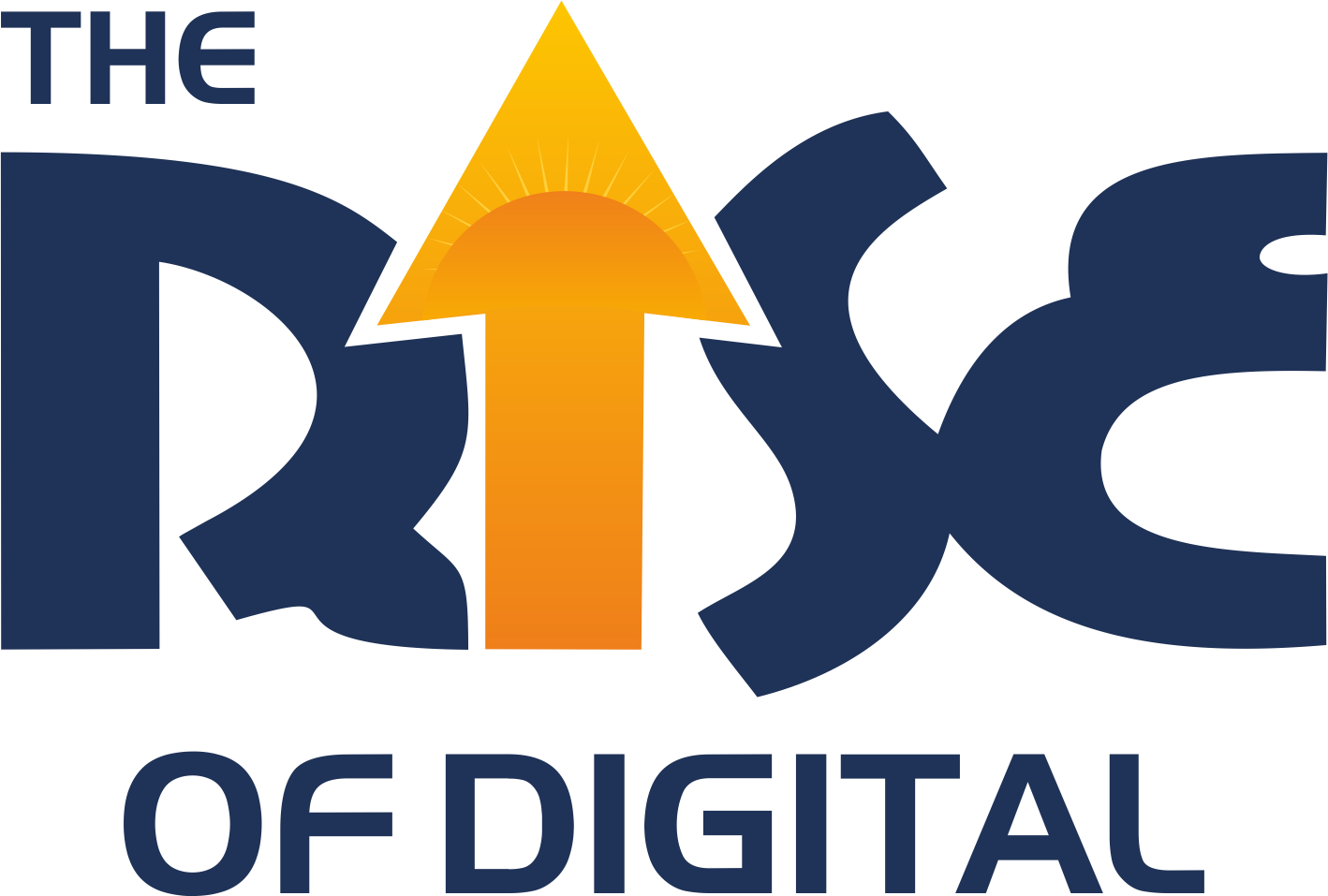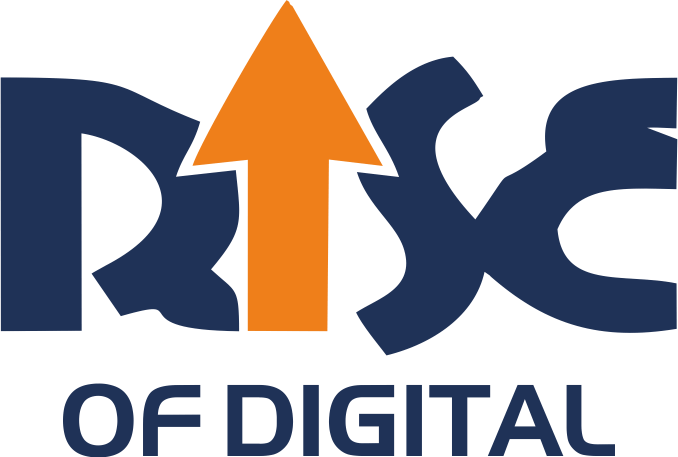Top Commercial Business Website Services In Pune India
A corporate website represents a business opportunity if the option is to provided to make purchases, and ideally should also be optimized as a means of making contact with customers or any other visitors, whereby users are provided with information about products or services and can find valuable content such as novelties or special offers that promote loyalty.
What features Included Commercial Business Website Services
1. Domain Name
The URL for your website appears in the navigation bar. This is the address where visitors are able to find you or the address they are taken to after search leads them to your site. Domain name creation is one of the first steps to website creation, and you cannot have a functioning site without one. Make the domain simple and easy to spell so visitors may find you without trouble. If your ideal domain name is taken, think outside the box and get creative. Domain names are registered for brands, so you will either need to find an unregistered domain or acquire a domain that is owned by someone else.
2. Website Hosting
Similar to a domain name, websites cannot function without a host. If you’re using a website builder, you won’t need to worry about a web hosting provider as your site is probably hosted through them, and you don’t have to worry about finding a host externally.
3. Company Name
Your company’s name should appear pretty high up somewhere on the homepage, reassuring visitors they’ve come to the website they were looking for. Users should not have to scroll to find your company name.
4. Search Bar
Some users know exactly what they want from your site and just need help navigating to that page. Including a search bar on your homepage, and every other site page, allows visitors to take control of their site experience.
5. Logo
Logos should also appear high up on the homepage. Logos are small, easy-to-remember graphics that create a link in a customer’s brain between your company and that image. While they may not always remember your company name, they may recognize you by the logo.
6. Description
A short description or company tagline should appear somewhere near the company name or logo. This is especially true of smaller businesses whose work is not so easily understood. A short phrase that outlines who you are and what you do will set the scene quickly for first-time visitors.
7. User-Friendly Navigation Bar
Whether to the side or across the top of the page, a navigation bar should be positioned to empower users to explore your site and find their desired products or information.
8. CTAs
A CTA, or call to action, can be anything from “create a login,” to “book a demo,” to “get on our mailing list.” It’s a convincing plea to users, begging they take some kind of action on your site that would involve later contact, and it is often coupled with some sort of incentive.
9. Images
Your website should be accompanied by some sort of header image or body image to providing visitors with a visual. These visuals can be ads for your new spring line or a graphic designed specifically for your site. Images help retain attention as they are easier to process than an overwhelming amount of text. Images can be a slideshow or video; any visual media is better than a page of plain text.
10. Internal Links
The purpose of a website isn’t just to get people to your homepage. Rather, use your homepage to spur visitors to other parts of the site. Advertise relevant spring styles, or provide links to recent blog posts. Internal links get users to stay on your page longer, which increases the odds they’ll become a customer.
11. Testimonials
Consider including some of the wonderful things users and/or previous clients have said about you on your homepage. Review sites such as Yelp or G2 Crowd have a plethora of data from which to pull. If you don’t have enough data, seek out administrative rights to your company profile, and ask users to write customer reviews. In the meantime, consider reaching out personally to people and asking if they don’t mind saying some kind words to be included in your testimonial section.
12. Live Chat
More and more, websites are utilizing live chat software as an opportunity to get in touch with site visitors and provide top-tier customer service. If you are using a live chat tool, make sure users are prompted to converse after they’ve been on the homepage or other internal link for a certain period of time.
13. Subscriber Opt-in
Although newsletter forms can really be located anywhere on your site, they should start on the homepage. A lot of orgs will opt for a pop-up that encourages visitors to sign up for the email newsletter in exchange for an incentive, such as a discount. Newsletters can be set to appear as visitors are hovering over the X button, prompting them to action before they close out the page.
14. Tabs and Options
At the very bottom of your homepage, and every page should be a hyperlinked list of places where visitors commonly wish to navigate. Examples of these site locations are the blog, press stories, the company’s “about” page, careers, customer support, the FAQ, and whatever other site-specific links are pertinent to your users’ experience.
15. Social Media Icons
The power of social media marketing cannot be overstated. In order to get visitors over to your Twitter and Facebook pages, including social media icons on the homepage, or on the footer at the bottom of each page.
16. Map to Your Business
A map and address lead users to your office or store location. This helps them understand where to find you. A larger company with multiple storefronts may also include a search for users to find a location nearest them. A smaller business just needs to include one or two addresses it has.
17. Business Hours
If you have a physical storefront, or if you’re only reachable at certain times, include this on your about page. Having hours clearly listed helps people know when you’re more likely to answer their calls or process returns.
18. Contact Info
Contact information gives users a way to get in touch with you. Include a phone number and potentially support or informational email address on your about page. This way, anyone who has further questions or who is experiencing issues with your product or service can make contact quickly.
19. Contact Form
A contact form is another way of making your company available to users. Contact forms gather an individual’s information while giving them a message box where they can voice their concerns.
20. Biography
A biography for your organization and its founders helps visitors better understand who they are doing business with. People love familiarity and feeling good about where they invest their time and money. A company bio can brighten up your about page with some storytelling and personal anecdotes.
21. Team/Careers
A team and/or careers page is a marketing tool to show visitors who work at your company, what they’re interested in, and who you could work with if you were also to apply.
22. Functionality
This is, quite literally, just a list of features your product has. What can it accomplish for other professionals? Be sure to organize features according to the specific categories they fall under. If your software product can update and organize customer contact information, list that under a contact management category.
23. Integrations
Users are always wondering if a certain software tool is compatible with something they already use. Including integrations on the features, the page is a good way to address these questions early, as well as increase traffic to your website by including the names of popular tools.
24. Case Studies
Case studies allow visitors to explore how your product or service has benefited the customers before them. Case studies are unbiased and have the data to back up the claims. Learn how to write a case study to help convert your business website’s visitors into qualified leads.
25. Blog
Blogs are great for any organization wishing to bring traffic to its site through unique content or wishing to provide regular updates through published posts. Even if you’re not particularly a blogger, having a blog on your site can still gather attention.
26. Comments
Blogs are meant to be conversation starters, are they not? Including a comments section after blogs allows readers to participate in a forum-like discussion that shows how engaging your content is.
27. Blog Internal Links
If a visitor is interested in your blog, it’s possible they would be interested in a different blog of similar devices. Take this opportunity to include a bar or list of recommended content that could potentially keep them on your site for longer.
28. Knowledge Base or FAQ
These pages help visitors find answers to questions that have been asked before. This reduces your team’s need to respond to the same questions repeatedly, and also makes visitors feel more self-sufficient.
29. Documents and Guides
Every company has set guides and processes, and customers benefit from that documentation as well. Consider making customer-facing documentation and making that available in your knowledge base.
30. Infographics
Infographics explain a big concept in a small picture. If your company has infographics that explain processes or data, make that available through the knowledge base.
31. CMS Tool
A content management system (CMS) helps organize and retain all of the content that is on your website. Even if you take a post down after its related event or holiday, you can store it within the CMS should it be needed again later. Many CMS platforms have hundreds of customizable add-ons for any use case. For example there are countless popular WordPress plugins for e-commerce stores.
32. SEO/Optimization Tool
SEO software tools help you word content in such a way that it attracts the most visitors possible. Keyword optimization helps you utilize the words other people are searching for so as to lead them directly to your website.
33. Site Analytics
Analytics tools help you understand who is coming to your site and how much time they’re spending on it. This kind of insight is great for analyzing the effectiveness of certain pages or content for the purpose of changing failing strategies.
34. Content Descriptions
On the back-end, your website should offer you the option of adding meta descriptions to content and updating its title. This is useful for improving SEO, as adding in certain words in the meta description will make your site appear in certain searches.


